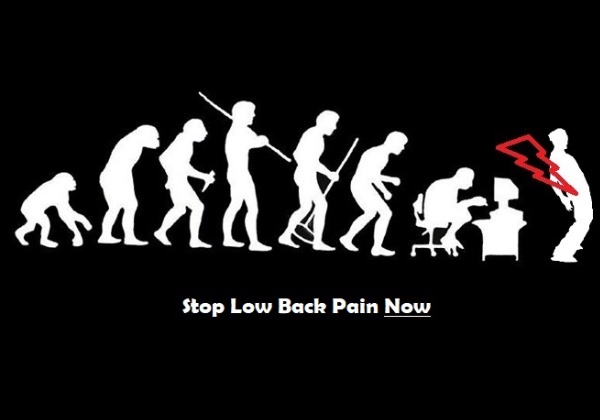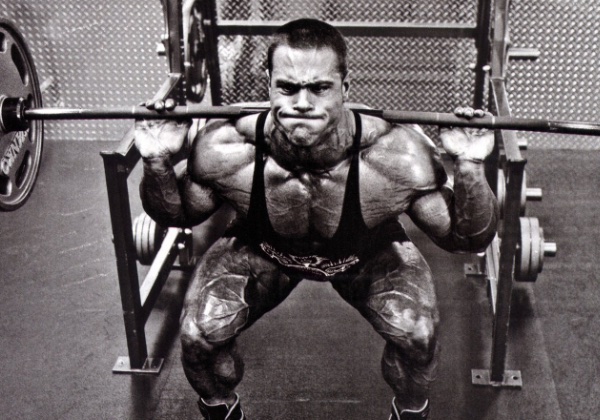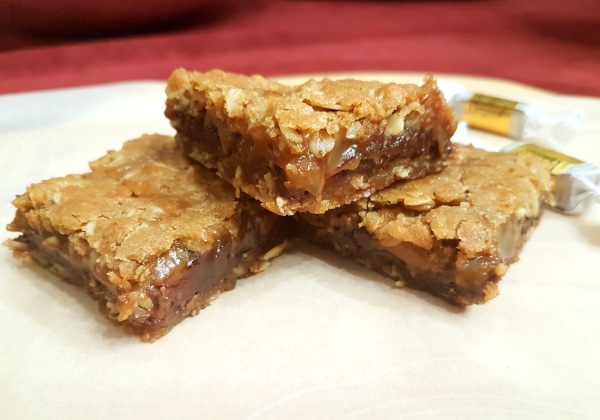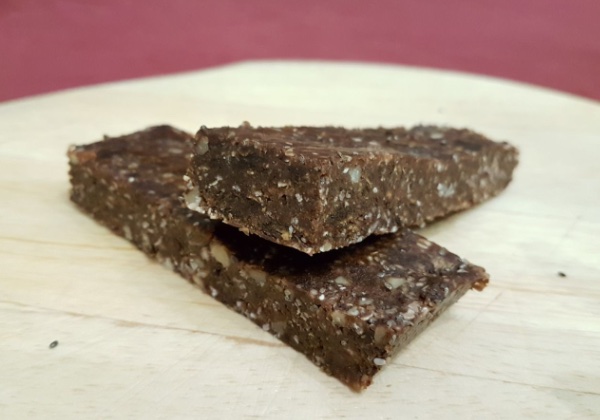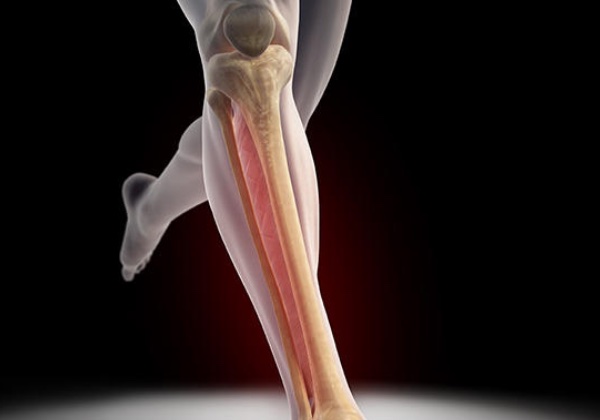Make Your Post Workout Nutrition an Anabolic Machine

It’s the same routine every time. Your training was just filled with blood, sweat, and tears – sometimes one more than the others. You sit down and instinctively grab your shaker cup that’s filled with all your post-workout powders. What’s left in your huge jug of water is thrown into the cup, and you shake that baby with all the energy that’s left. Voila, that summarizes most people’s post-workout nutrition in a nutshell. Not a great deal of thought went into timing, types of protein and carbs, and how you should take it though – all of which are important might I add. This guide goes out to all my people eager to know how to optimize their post-workout nutrition. Here are four ways you can begin doing so now:
1. The Best Timing for Post-Workout Nutrition
We know that skipping the anabolic window after exercise is a crime to your gains. It is thought that your body is most efficient at absorbing nutrients like proteins and carbs during this window. The goal of nutrition at this stage is to help your muscles recover from the micro-tears you intentionally inflicted on them. But is there an optimal timeframe? Early research in the 2000’s suggested that the cherished window is between 45 minutes to 1 hour post-workout.1
However, recent research in 2017 has shown that the anabolic window can be 3-4 hours post-workout if you took protein immediately before the workout (they used a serving of Dymatize’s Iso100 Hydrolyzed When Protein Isolate in this study).1 Basically, if your goal is gains then as long as you supplement with protein immediately before the workout your anabolic window can be stretched by a few hours. If not, stick with post-workout supplementation within a 1 hour time frame.
2. The Right Amount of Protein
Everyone has gone through this – you put in the first scoop of protein and think hmm, maybe I should put a bit more. Evidently, according to “bro science”, 80g of protein is two times more gains than 40g of protein. But seriously how much protein should you be taking post-workout? Researchers from the UK and Canada traced how much of the ingested amino acids from a whey protein isolate shake reached the muscles for myofibrillar protein synthesis. The consensus before the study was that if you consumed 20-25g of protein, you maximized how much amino acids muscles could utilize. Participants gulped down either a 20g (that’s it?) or a 40g shake (now we’re talking) after whole-body resistance training.2
The Results…
Results were clear: 40g protein significantly increased muscle repair compared to 20g after whole-body exercise! It really comes down to how many muscle groups you are targeting and how intense the workout is. Muscles always absorb more amino acids after resistance training than during other periods throughout the day. The higher the number of muscles that get trained, the greater the amount of amino acids that get taken up. It’s simple math really. So, here’s a rule of thumb – if you are doing a whole-body workout (e.g. a circuit) or if it’s a more intense workout, lean towards using more protein. If it’s international arms day, then you can get away with a little less protein.
3. The Right Number of Calories
Apart from resistance training, nothing is more important to gaining that sweet lean body mass than a positive energy balance. This happens when the calories you consume exceeds the calories you burn (i.e. more calories in than out). Finding the right surplus of calories makes the difference between weight gain coming from lean body mass versus excess fat. Most athletes not called sumo wrestlers can relate. Post-workout nutrition must be considered in this equation. A very general recommendation is a surplus of 500-1000 calories per day.3 I suggest consulting with a registered dietitian who specializes in exercise physiology and dieting. They can measure your body parameters, determine your eating behaviours, and find the right caloric surplus that can maximize lean muscle gains for your unique body. You want abs instead of flabs, right? Check this article to learn more about losing weight.
4. The Optimal Ingredients for Post-Workout Nutrition
There are so many protein options nowadays. It’s increasingly important to know how different proteins stack against each other to maximize our gains and prevent wasting money. The goal of all athletes should be to increase plasma (blood) amino acid concentrations post-workout. This all depends on two things:
1) the amino acid profile of the protein source and…
2) the rate of its digestion.4
The classic example of a fast versus a slow digesting protein is between whey protein isolate and casein protein, both of which are derived from milk. Casein’s digestion rate is lower because of its “clotting effect” in the stomach, making it stay in there for longer periods of time.
“40g protein significantly increased muscle repair compared to 20g after whole-body exercise”
Whey Isolate on the other hand is rapid digesting, rapid absorbing. It also comes down to whether the protein is in solid form versus a liquid form. One study revealed that liquid forms of proteins (like a whey protein isolate shake) reach peak concentration in the plasma (bloodstream) twice as fast as solid protein-rich foods like beef and eggs.4 So to put this into perspective, what if you need a protein source and your anabolic window post-workout is 45 minutes? You’d probably want a protein like whey isolate that can reach peak plasma concentrations earlier than 45 minutes.

Khaled Konga is drinking his post workout beverage in the kitchen as a dietician next to him watches.
If you can follow these 4 simple rules when developing your post-workout nutrition plan, you will be on your way to gains city. This is not a be all, end all type of guide however. I encourage you to do your research for a few reasons. First, research is always changing. Just like we used to think 20-25g of protein was good enough, now we know it really depends on intensity and how many muscles were worked on. Secondly and probably most important, every single person is unique. You need to continue fiddling with different volumes and ingredients until you hit the perfect storm for muscle building. With that in mind, I wish you all the best in your workout goals. Let’s make 2017 a special one!
References:
1. Pre- versus post-exercise protein intake has similar effects on muscular adaptations
2. The response of muscle protein synthesis following whole-body resistance exercise is greater following 40g than 20g of ingested whey protein.
3. Effect of nutritional intervention on body composition and performance in elite athletes.
4. Effect of Intake of Different Dietary Protein Sources on Plasma Amino Acid Profiles at Rest and After Exercise


